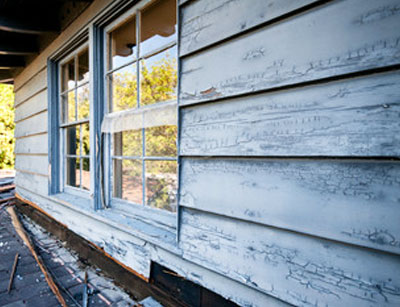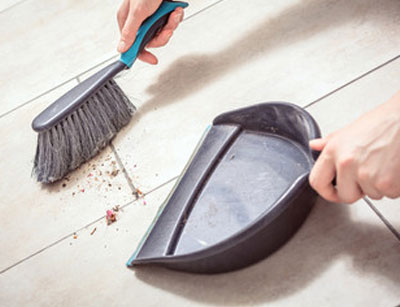
Lead exposure can be harmful to your child, especially if your home predates 1978 and may contain lead-based paint. As paint ages, it turns into dust that spreads throughout the house, adhering to hands and toys that children often put in their mouths. To safeguard your child from lead exposure in paint, follow these guidelines:
- Regularly wash your child’s hands and toys.
- Ensure hands are washed before meals or bedtime.
- Prevent your child from ingesting paint chips or chewing on painted surfaces like windowsills or cribs.
- Maintain a clean, dust-free home by mopping floors, wiping windowsills, cleaning surfaces, and vacuuming frequently.
- Refrain from sanding or scraping paint unless you're certain it does not contain lead.
Contact your local Lead Poisoning Prevention Program for guidance on protecting your family during remodeling or repainting projects. Contact information found here.
Lead poisoning can impair a child's learning abilities, attention span, and behavior. To assess lead exposure, consult your child's doctor about lead testing as symptoms may not be visible. A blood test is the only way to confirm lead poisoning.
Helpful tips to keep lead out of your home

- Keep your home clean and dust-free. Wet mop floors, wet wipe windowsills, vacuum, and wash all surfaces often. Use household cleaner and rinse with clean water. This keeps lead in dust from spreading in the house.
- Do not let your child chew on painted surfaces or eat paint chips. Lead from old paint is the most common cause of lead poisoning.
- Take off shoes or wipe them on a doormat before going inside. This keeps lead dust outside.
- Wash your child’s hands often, especially before eating and sleeping. Also wash your child's toys often. Lead dust can stick to hands and toys that children put into their mouths.
- Plant bushes, grass and other plants, or lay paving stones, concrete, bark, or gravel to cover bare dirt outside where children play. This keeps lead in the dirt away from your child.
- Avoid hobbies that use lead. Lead is used to solder or join metal and to make stained glass. Lead is also in bullets and fishing sinkers.
- Feed your child healthy meals and snacks regularly. Make sure meals include vegetables, and foods rich in:
- calcium (milk, cheese, yogurt, corn tortillas, tofu or bean curd)
- iron (meat, chicken, cooked dried beans, iron-fortified cereals, and raisins and other dried fruit)
- vitamin C (oranges and orange juice, grapefruit and grapefruit juice, and tomatoes and tomato juice) Calcium, iron and vitamin C help keep lead from hurting your child.
- Never sand, dry scrape, power wash or sandblast paint unless it has been tested and does not have lead in it. Lead dust from paint can spread and poison your family, pets, and neighbors.
- Keep furniture away from paint that is chipped or peeling. Make sure cribs, playpens, beds and high chairs are away from damaged paint. This helps keep lead in paint chips and dust away from your child.
- Change out of work clothes and shoes, and wash up or shower before coming home if you work with lead. Lead is in many workplaces:
- Painting and remodeling sites
- Radiator repair shops
- Places that make or recycle batteries
Ask your employer to tell you if you work with lead. Children can be poisoned from lead dust brought home on workers and their clothes and shoes.
- Do not use imported, older, or handmade dishes or pots for food or drinks unless they have been tested and do not have lead in them. Call your local Childhood Lead Poisoning Prevention Program to find out about testing your dishes, pots, and paint.
- Be sure that products you bring home do not have lead in them. These products often have lead in them:
- home remedies (bright orange, yellow, or white powders) like Greta, Azarcon, Paylooah, or Liga
- make-up like Kohl and Surma
- some imported candies, especially candies from Mexico made with tamarind fruit
- Talk to your child's doctor to find out about testing your child for lead. Your child may need a blood test for lead poisoning. Most children are tested at 1 and 2 years old. Some children over 2 also need to get tested. Most children with lead poisoning don't look or act sick. A blood test for lead is the only way to know if your child has lead poisoning.
You can purchase at-home lead test kits certified by the Environmental Protection Agency (EPA) to test items around your home such as toys, dishware, etc.